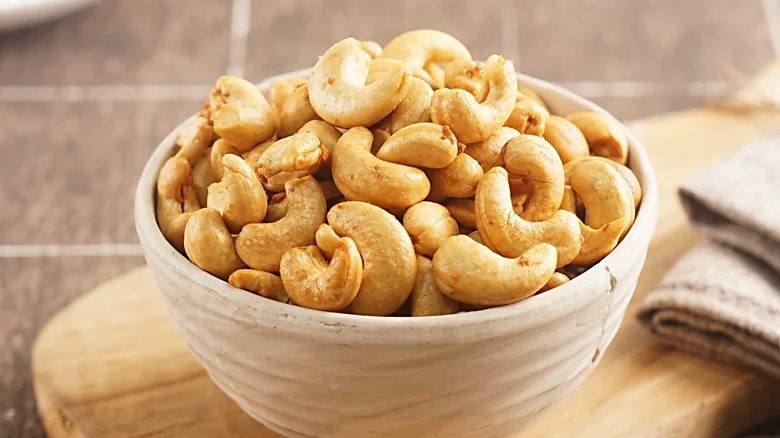Elevating Protein Intake for Women: A Vital Health Imperative

Understanding the Protein Deficiency in Women
World Protein Day, commemorated annually on February 27th, serves as a poignant reminder of the pivotal role protein plays in our diets, advocating for global nutritional security. This year, Protein Day 2024 champions the theme “Solve With Protein,” spotlighting the urgent necessity to address escalating demands for protein-rich sustenance, ensuring accessibility across India and South Asia.
The Vitality of Protein for Women
Protein, comprising essential amino acids, serves as the cornerstone for building and repairing vital components within the female body, encompassing muscle tissues and cells. Given its perpetual turnover within the body, replenishing protein reserves through dietary means or supplements is imperative.
Inadequate protein intake can precipitate muscle tissue deterioration, correlating with heightened risks of cognitive decline, insulin resistance, and escalated inflammatory indices. Moreover, sufficient protein consumption may mitigate the incidence of heart attacks and cardiovascular ailments among women, as evidenced by a 14-year study. Protein’s role extends to fortifying bone strength and density, especially crucial as women age, given its significant contribution to bone volume and mass.
Calibrating Protein Requirements
While the Recommended Dietary Allowance (RDA) pegs protein intake at 0.8 grams per kilogram of body weight daily, this value skews towards sedentary individuals. Experts assert that moderately active adult women necessitate higher protein consumption, ranging from 1.2 to 2.0 grams per kilogram of body weight, factoring in variables like body size, composition, and life stage.
Tailoring Protein Intake Across Life Stages
Different life stages mandate adjustments to protein intake to align with the body’s evolving requisites:
- Menstrual Cycle: Fluctuating protein needs during the menstrual cycle, particularly during the luteal phase, underscore the dynamic nature of requirements.
- Pregnancy and Breastfeeding: Elevated protein needs support tissue and muscle growth during pregnancy, further compounded by additional requirements during breastfeeding.
- Perimenopause and Menopause: Age-related shifts in muscle responsiveness necessitate heightened protein intake to counteract potential hormonal and compositional alterations.
- Training Periods: Enhanced physical activity warrants increased protein intake to facilitate muscle recovery, particularly post-resistance training.
Strategizing Protein Consumption
For a 160-pound woman, aiming for approximately 100 grams of protein daily within the recommended range offers metabolic advantages such as enhanced fatty acid metabolism, insulin sensitivity, weight management, and satiety. Distributing protein intake evenly across meals, supplemented with protein-rich snacks, ensures a steady amino acid influx.
Embracing Optimal Protein Sources
While prioritizing whole foods as primary protein sources remains ideal, incorporating plant-based proteins complements fiber and phytonutrient intake. Alternatively, animal proteins furnish a complete amino acid spectrum efficiently utilized by the body. Protein powders and supplements provide convenient alternatives when whole food options are scarce.
Harnessing Protein for Weight Management
Research underscores the efficacy of higher protein diets, especially in tandem with resistance training, for preserving lean muscle mass, fostering satiety, and facilitating efficient fat loss.
Conclusion: Empowering Women’s Health through Protein Prioritization
Understanding and meeting protein requirements tailored to individual needs form the cornerstone of women’s holistic well-being. By integrating protein-rich foods into their diets and adjusting intake across diverse life stages, women can optimize health outcomes, fortifying muscles, hormonal equilibrium, and overall physiological function.
Re-reported from the article originally published in The shethepeople









